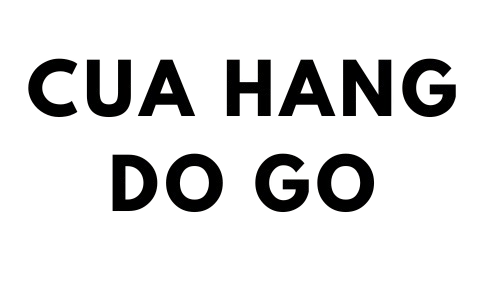global brands, broadcasting giants, and progressive revenue-generating systems. This sophisticated matrix yielded more than 4.5 billion euros annually during the 2023-2025 cycle, via brand investments accounting for nearly one-third of total revenue as reported by industry analysts[1][10][11]. https://income-partners.net/
## Primary Income Streams
### 1. Championship Sponsorships
The UEFA Champions League stands as the monetary centerpiece, attracting twelve multinational backers including the Dutch brewer (€65M annual commitment)[8][11], PlayStation (€55M/year)[11], and the Middle Eastern carrier[3]. These agreements cumulatively provide $606.33M USD annually through centralized deals[1][8].
Key sponsorship trends feature:
– Sector diversification: From traditional beer sponsors to tech giants like Alipay[2][15]
– Territory-specific agreements: Virtual LED board placements in Asian and American markets[3][9]
– Women’s football investments: PlayStation’s parallel strategy spanning men’s and women’s tournaments[11]
### Television Revenue Leadership
Broadcast partnership deals form the predominant income source, yielding €2,600 million annually for UCL alone[4][7]. The European Championship media deals outstripped historical benchmarks via agreements with 58 global networks[15]:
– BBC/ITV (UK) capturing record-breaking audiences[10]
– Middle Eastern media group[2]
– Wowow (Japan)[2]
Emerging trends include:
– Streaming platform penetration: Disney+ Hotstar’s Asian strategy[7]
– Integrated media solutions: Multi-channel delivery through traditional and digital channels[7][18]
## Financial Distribution Mechanics
### Participant Payment Systems
European football’s financial ecosystem channels the overwhelming majority of profits toward sport development[6][14][15]:
– Meritocratic allocations: Tournament victors earn nine-figure sums[6][12]
– Solidarity payments: over 200 million euros yearly to non-participating clubs[14][16]
– Geographic value distributions: English top-flight teams secured €1.072B from EPL rights[12][16]
### Member Country Investment
The HatTrick programme channels 65% of EURO profits through:
– Infrastructure projects: Swiss stadium modernizations[10][15]
– Youth academies: Bankrolling talent pipelines[14][15]
– Equal opportunity funding: €41M prize pool[6][14]
## Modern Complexities
### Revenue Gaps
The Premier League’s €7.1B revenue nearly doubles La Liga (€3.7B) and Bundesliga (€3.6B)[12], fueling performance disparities. Monetary control policies attempt to bridge these gaps by:
– Wage cap proposals[12][17]
– Player trading regulation[12][13]
– Increased grassroots funding[6][14]
### Moral Revenue Dilemmas
Despite generating €535M from EURO 2024 sponsors[10], 15% of Premier League sponsors constitute wagering firms[17], sparking:
– Addiction concerns[17]
– Regulatory scrutiny[13][17]
– Public relations challenges[9][17]
Progressive clubs are adopting ethical sponsorship models including:
– Sustainability projects collaborating with eco-conscious brands[9]
– Community outreach programs funded by banking institutions[5][16]
– STEM training alliances through hardware producers[11][18]
